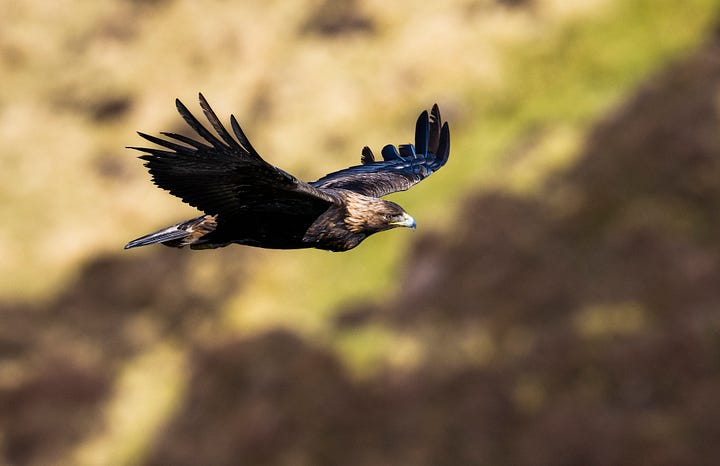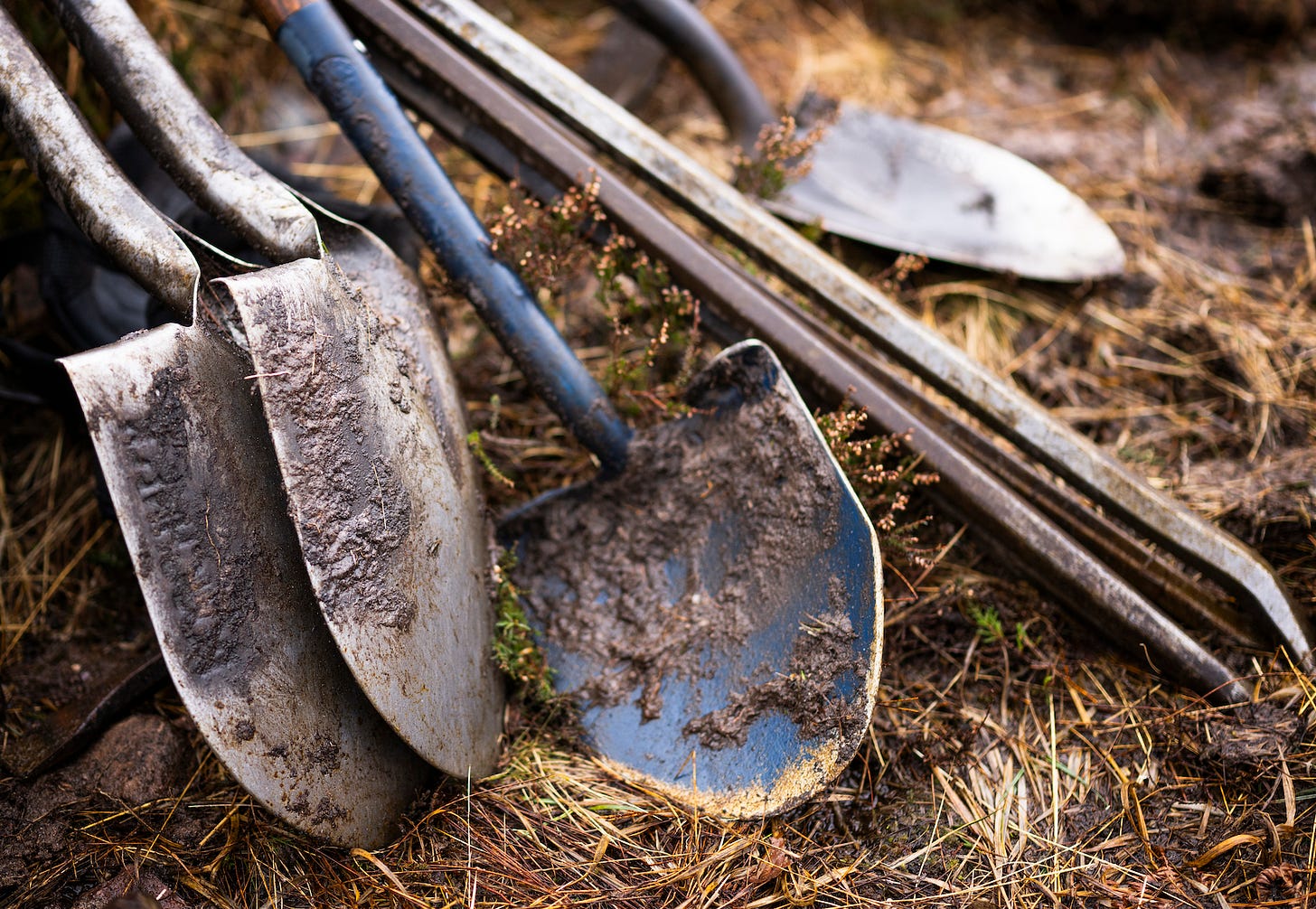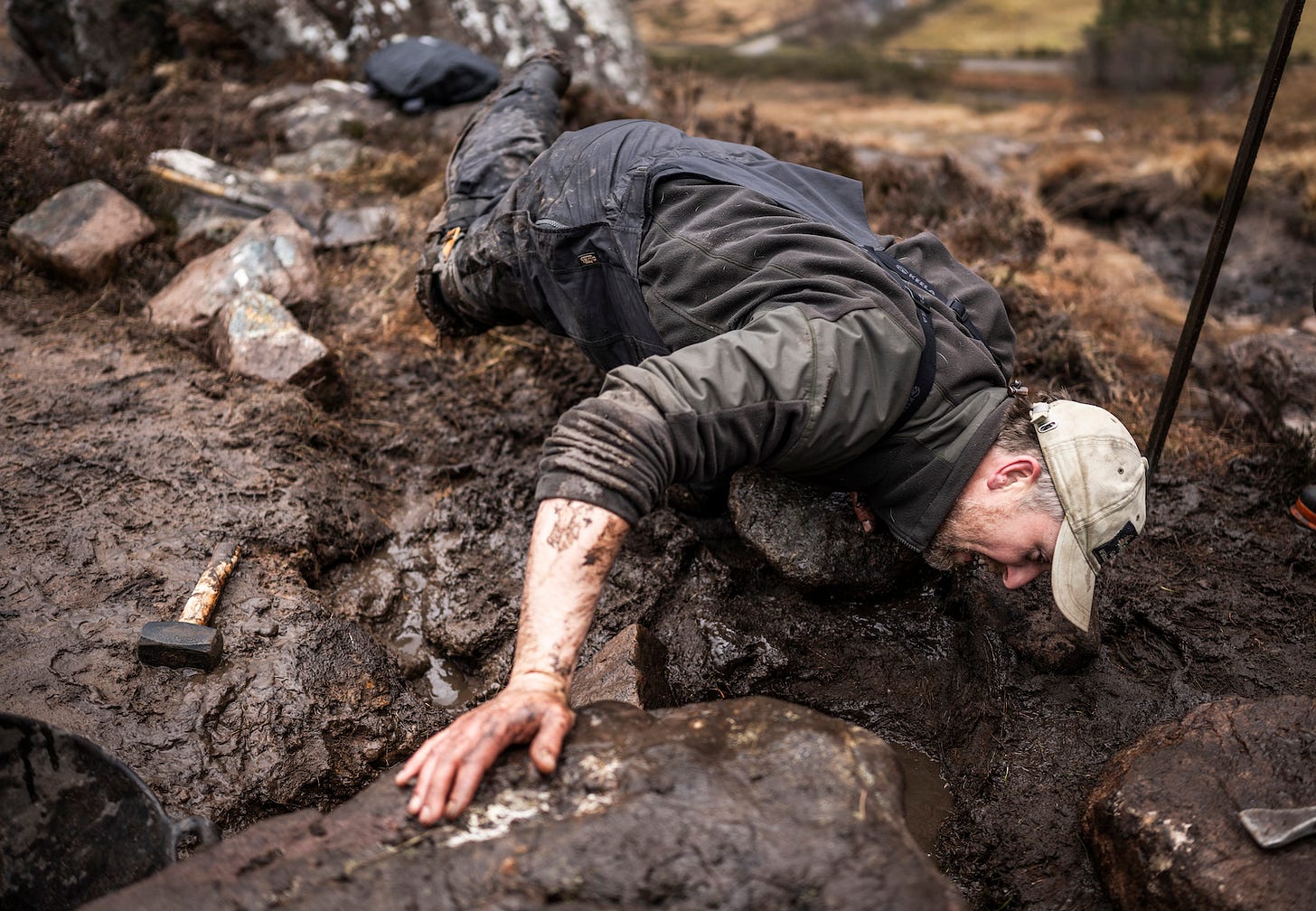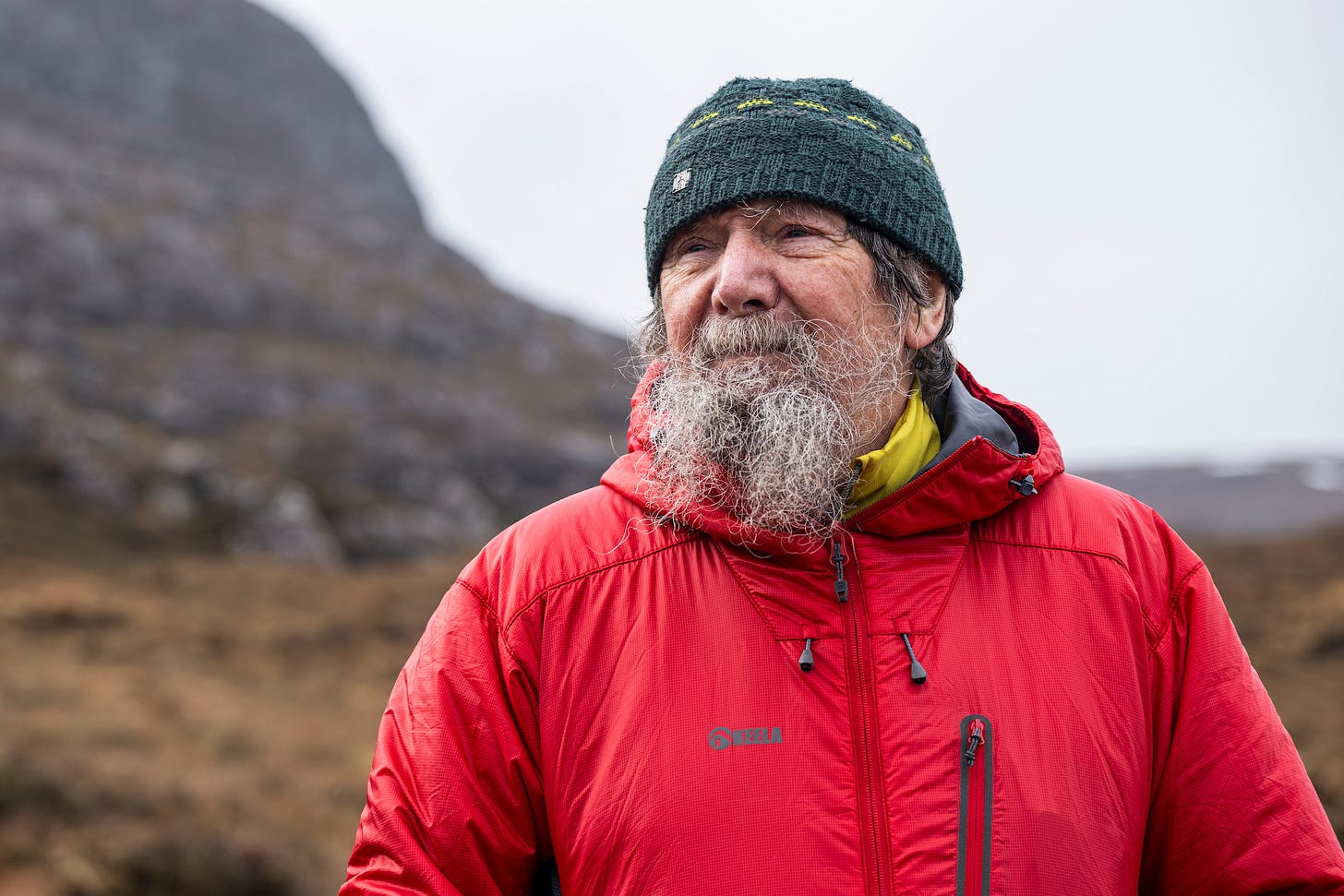The fight to save Scotland's crumbling mountain paths
Brexit removed vital European cash for mountain path building and maintenance. Now, volunteers are taking action to help fill the gaps, as Peter Ranscombe reports.
Climbing up An Teallach, it’s easy to see why the mountain is often hailed as among the most spectacular in Britain. Even from its lower slopes, the hillside offers stunning views along Little Loch Broom and across Wester Ross, the area lying to the north-west of Inverness, the Highland capital.
Yet take a closer look at the mountain and all is not well. The poor state of the paths is forcing hillwalkers to trample their own lines up and down the slopes, causing erosion that robs flora and fauna of their habitats and brings rainwater cascading down the hillside.
Now, volunteers from the Outdoor Access Trust for Scotland [Oats] are busy repairing paths on An Teallach, helping to make the mountain accessible for visitors while protecting the plants and creatures that call the hill their home. They’re supporting professionals from Cairngorm Wilderness Contracts, who carry out the more intense work, such as manoeuvring large stones into position.
“I’ll never look at a path in the same way again,” smiles Andy Stevens, a veterinary surgeon who has worked on the paths at An Teallach during three volunteer maintenance events. “I’ve been walking on the hills all my life and had just taken the paths for granted. I’m now at a stage in my life where I want to give something back.”
During this spring’s volunteer days, the helpers dug a ditch running alongside the next part of the path that the contractors will build. The channel will stop water running down the path and redirect it to areas where ponds already form naturally.
“It’s like buying the mountain a pint at the end of a walk to say, ‘thank you’.”
“You don’t just build a path and then leave it – you need to maintain it too,” explains Eva Kupska, who served as a volunteer for many years before becoming Oats’ outdoor access volunteer coordinator. The trust maintains more than 50 paths throughout Scotland, with around 60 volunteers giving up days between March and October each year.
“Even in the past four or five years, climate change is having a profound effect on the path network,” added Ewan Watson, Oats’ access projects manager, and a former team leader with Cairngorm Wilderness Contracts.
“The frequency and intensity of rain showers have changed, with dry spells and then heavier downpours. In the past, we could have left paths for a year and they’d be okay, but now we’re having to visit them twice a year.”
Lost funding
In 2023, Oats teamed up with the Scottish Mountaineering Council to launch ‘It’s Up To Us’, a three-year campaign to raise awareness about the lack of funding for path maintenance on private land. Since Brexit, the campaign points to a lack of UK and Scottish government funding to replace lost European money, including the European Regional Development Fund [ERDF] and the European Social Fund [ESF].
Before Brexit, Oats used £750,000 of ERDF cash as part of its £2.3m Eastern Cairngorms Access Project and a further £720,000 of ERDF money towards its £2.1m Cairngorms Mountain Heritage Project, with £400,000 coming from the ESF towards the cost of training path workers for its projects. The organisation pointed out that The Footpath Trust also received around £1.5m of ERDF and ESF funding between 1995 and 2000.
The ‘It’s Up To Us’ campaign highlights the contribution walking tourism makes to the rural economy and the need for safe paths to help the public access hills to improve their physical and mental health. It is also raising cash for specific path maintenance projects, beginning with An Teallach, with £250,000 already raised towards its £300,000 target.
“It’s like buying the mountain a pint at the end of a walk to say, ‘thank you’,” added Watson. “Five or six pounds goes a long way up here. We’re having to go and ask the general public to pay for it, but really this should be coming from central government funding. There should be money available for this.”
As well as raising money for path building and maintenance on private land, the campaign also calls on the Scottish Government to carry out an audit of Scotland’s mountain paths to assess the scale of the task, before introducing a sustainable funding model.
Future-proofing Scotland’s landscapes
Despite walking tourism contributing an estimated £1.6 billion annually to the Scottish economy, there is no government funding for essential path repairs on privately owned land outside the national parks and NGO estates.
Ariane Burgess, the Scottish Green Party’s Member of the Scottish Parliament for the Highlands & Islands region, warned: “It is deeply concerning that charity organisations are having to campaign to improve and protect Scotland’s landscapes. We need investment if we are to future-proof Scotland as a leader in outdoor activities and sport.
“Funding for access is too precarious. It is crucial that the government does its bit to support outdoor access if we are to reap both the health and economic benefits being outdoors provides.”
South of the Border, the British Mountaineering Council [BMC] runs its ‘Mend Our Mountains’ campaign to fund footpath repairs and access projects throughout England and Wales. In the Lake District, the National Trust has teamed up with partner organisations to run the ‘Fix the Fells’ project, through which rangers and volunteers use donations to repair and maintain mountain paths.


“Government support for footpath repair in mountain areas, especially in those most popular with the general public and therefore under significant erosion pressure – like Kinder Scout in the Peak District, Scafell Pike in the Lake District, and Yr Wyddfa in Eryri – would be hugely valuable,” says Dr Cath Flitcroft, head of access and environment at the BMC.
“Despite our lobbying, we are disappointed time and time again that the government continually pushes this important issue to the bottom of its agenda.”
Isabel Berry, Fix the Fells’ partnership manager, adds: “While there are statutory requirements for the maintenance of rights of way, there is no statutory requirement to tackle upland erosion – even for the biggest, widest, scars in the landscape, where material is being lost and surrounding habitats and watercourses are deteriorating.
“However pressing, urgent and desirable this work may be, it remains outside the current scope of rights of way management except in cases where the ease of use on a right of way is inhibited by erosion. Therefore, there is very little or no statutory funding available to support this work.”

In June, the fundraiser to save Scotland’s mountain paths hit a significant milestone – £250,000. Now, as the campaign enters its final year, Mountaineering Scotland and OATS are appealing to individuals, outdoor businesses, organisations and charities to help raise the final £50,000.
The campaign leaders are calling on the Scottish Government to establish a sustainable national fund for mountain path repair and maintenance. A recent audit estimated £30 million is needed to restore the 400 km of upland paths in the worst condition, with at least £400,000 required annually for ongoing maintenance.■
About the author: Peter is a Scottish freelance journalist and copywriter. He spent nine years writing for The Scotsman newspaper before going freelance in 2014. He’s written for titles ranging from Scottish Field, Scotland Outdoors, and Scottish Wildlife Magazine through to The Lancet, The Times, and Whisky Magazine. He was named “Journalist of the Year: Nations & Regions” at the 2022 Wincott Awards.









Really interesting - another example of the disempowerment of local government? Imagine local councils would have done a lot of this in the past.